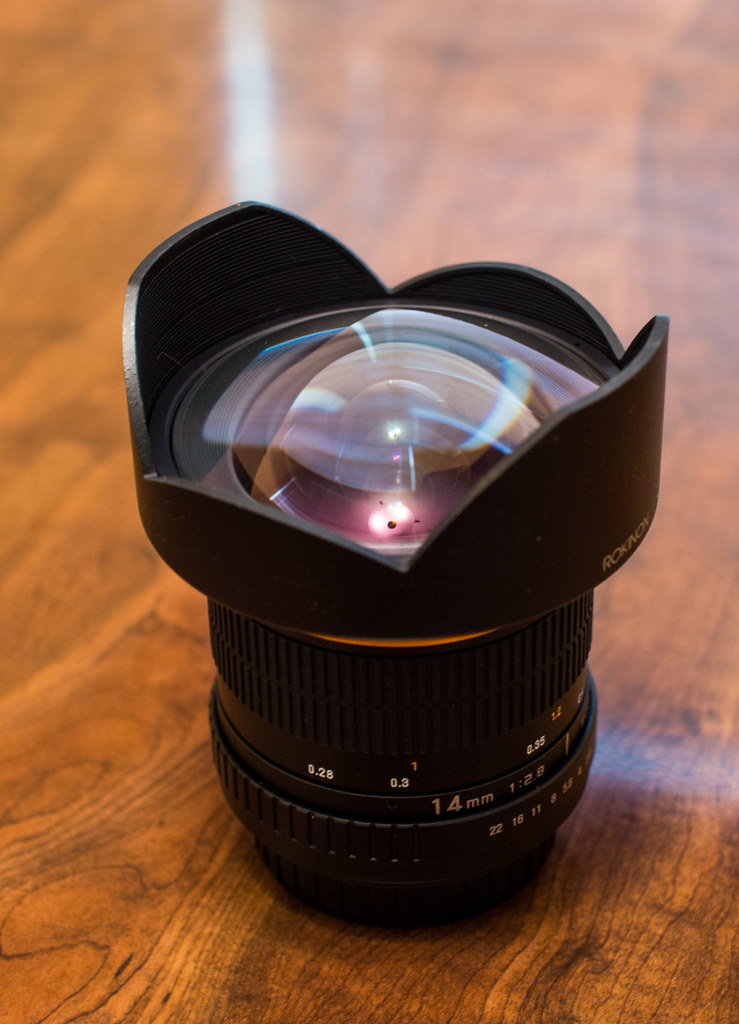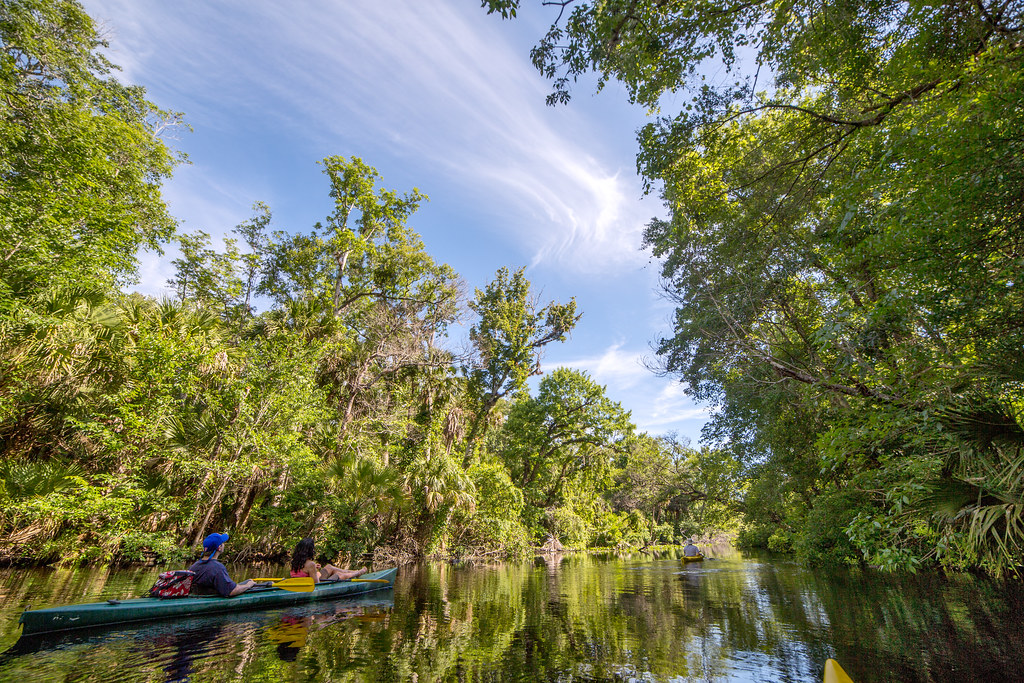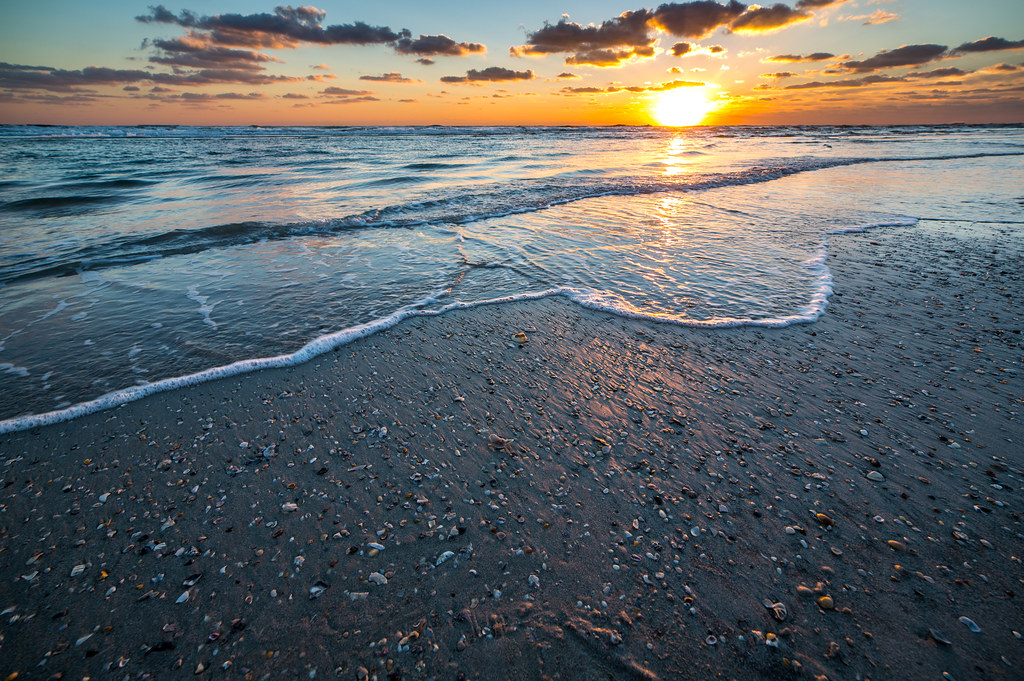 The Lens
The Lens
I've been getting some use out of the Rokinon 14mm f/2.8 (or the Samyang 14mm f/2.8 or Bower 14mm f/2.8, these lenses are identical except for the name) lately. It's the cheapest non-adapted lens that I currently own for the Canon EOS 5D Mark III, but really seems to hold its own against far more expensive options on the market. It's also the widest angle rectilinear lens you can buy for a full-frame Canon DSLR. Anything wider than this is a fisheye.Sure, you could also opt for the Canon 14mm f/2.8L II, which gives you autofocus and in-camera aperture control, but for those conveniences you'll be paying $2000 more than the price of the Rokinon. There are other lenses that I'd get more use out of that I'd rather buy with that nonexistent money.
Not having autofocus on a DSLR can be a deal breaker in some cases, because unless you've specifically fitted your camera with a split-prism focus screen, chances are it didn't come with one. The "focus confirmation" beep's accuracy is questionable at best and only works on a chipped lens, and the final option - Live View - is time consuming and awkward, making it difficult for people/animal photos or anything that needs to be done somewhat quickly. It's different with the Rokinon though, because the extreme depth of field of such a wide lens makes it easy to approximate focus and still get a sharp result.
 |
| Kayak Wekiva Springs, Click to Enlarge |
The hyperfocal distance for this lens looks something like this:
| Aperture | Full-Frame | 1.6x Crop Factor | ||||
|---|---|---|---|---|---|---|
| Focus | Near | Far | Focus | Near | Far | |
| f/2.8 | 2.5 m (8.2 ft) | 1.23 m (4.0 ft) | ∞ | 4.0 m (13.1 ft) | 1.98 m (6.5 ft) | ∞ |
| f/4 | 1.76 m (5.8 ft) | 0.88 m (2.9 ft) | ∞ | 2.9 m (9.5 ft) | 1.44 m (4.7 ft) | ∞ |
| f/5.6 | 1.25 m (4.1 ft) | 0.63 m (2.1 ft) | ∞ | 2.1 m (6.9 ft) | 1.07 m (3.5 ft) | ∞ |
| f/8 | 0.92 m (3.0 ft) | 0.47 m (1.5 ft) | ∞ | 1.70 m (5.6 ft) | 0.86 m (2.8 ft) | ∞ |
| f/11 | 0.71 m (2.3 ft) | 0.36 m (1.2 ft) | ∞ | 1.77 m (5.8 ft) | 0.89 m (2.9 ft) | ∞ |
| f/16 | 0.64 m (2.1 ft) | 0.33 m (1.1 ft) | ∞ | No | No | No |
| f/22 | No | No | No | No | No | No |
Within your sensor type, "Focus" refers to the approximate spot on the focus scale that you should turn the focus ring to. "Near" corresponds to the closest a subject can be while still being in focus. "Far" will always be infinity, because we are only talking about hyperfocal distances here. The sections marked "No" are meant only to suggest that at this point, diffraction gets in the way of sharpness and the results will be less sharp than the line above it, regardless of where you put the focus point. You can see how similar some of these values are, especially for smaller apertures on full-frame cameras. If it's not critical that you get the space up to 0.88m in focus, for example, then you can just set the lens to focus at around the 1.76m position and shoot f/4 and up without having to worry about it.
 |
| Beach Sunrise, Click to Enlarge |
Of course, the game changes in low light where small apertures are impossible, or where you want to focus on a subject more closely. I've found that the situations that have required to most practice are where you want a wide open aperture and critically sharp focus on a nearby object. Sometimes Live View can actually help with this, because in great light with the lens wide open and the subject close up, you should be able to see sharpness reasonably well. Other times it's easiest to guess at the distance between you and the subject, dial that in on the lens, shoot a frame and review the image for sharpness.
Distortion Correction
The distortion that the lens presents is complex and pretty significant. Happily, someone has already done the work of correcting this for you, and it's freely available to use in Lightroom or ACR. All you need to do is download the Adobe Lens Profile Downloader application. When you bring it up, you'll want to select your camera manufacturer in the first pull-down menu (in my case, Canon).Then it's a little weird, because there are several "Lens Model" options for this lens. Select the one that says "Samyang 14mm f/2.8" with the capital S in Samyang (there's also one with a lower case 's', and several other variations, but ignore those). You should see the options below:
 |
| Click to Enlarge |
NOTE: This profile in my example is only good for full-frame cameras. You'll need to select one of the other ones if you have a crop sensor.
The correction makes a huge difference in a lot of situations, although it's always good to compare them; I've found that in certain circumstances the non-corrected version actually looks better than the corrected version. Here's an example before and after, where the corrected version is clearly better than the uncorrected one:
On the other hand, I'm not so sure about the correction in the below image. The corrected version further exaggerates the nose and tail of the shuttle, and in my opinion that's too high a price to pay for the relatively minor improvement in the center.
If you have any questions about this lens (or you have your own issues or experiences you'd like to share), feel free to comment below! I've also created a small Flickr set with some more examples if you'd like to see more of what the lens is capable of.


























No comments:
Post a Comment